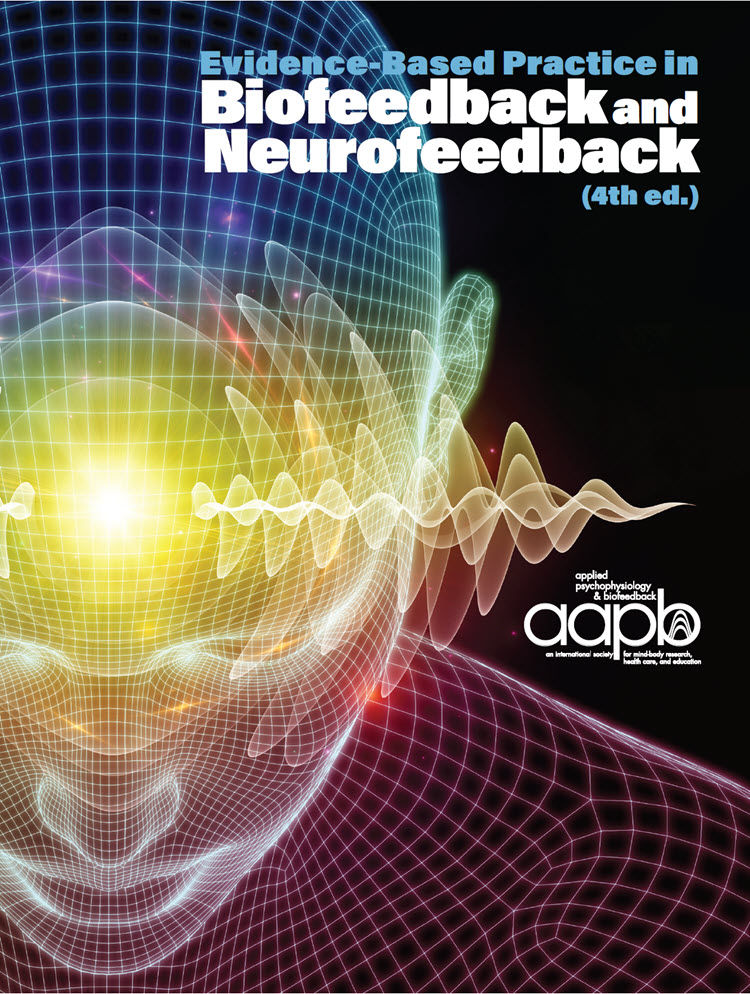Neurofeedback Is an Effective Treatment for PTSD
- John Davis

- Aug 18, 2022
- 2 min read
Updated: Mar 2, 2024

Neuroplasticity is a double-edged sword. Whereas trauma often results in dysfunctional brain adaptation, neurofeedback can reduce PTSD symptoms by promoting constructive changes. Evidence-Based Practice in Biofeedback and Neurofeedback (4th ed.) has rated neurofeedback for PTSD as efficacious.
The brain orchestrates homeostasis through structures like the hypothalamus. The brain's capacity for neuroplasticity allows it to reorganize its structure and function in response to experience (Voss et al., 2017). The brain often changes in dysfunctional ways in response to trauma. Using magnetoencephalography, Badura-Brack et al. (2017) found increased medial temporal (including the amygdalae), prefrontal, and sensorimotor activity compared with controls.
Neurofeedback trains the brain by providing real-time information about its performance. Z-score training (e.g., sLORETA) compares immediate activity to normative values, displaying differences in standard deviations. The goal is to train toward z-zero standard deviations. Neuroplasticity mediates the constructive changes produced by neurofeedback in disorders like PTSD. The graphic below is courtesy of BrainMaster and illustrates qEEGPro 19-Channel sLORETA z-score training.

Moss, Shaffer, and Watkins (in press) assigned a level-4 rating of efficacious to neurofeedback for PTSD based on multiple randomized controlled trials.

Conclusion The brain orchestrates homeostasis through structures like the hypothalamus. Neuroplasticity enables the brain itself to adapt its structure and function in response to experience. Trauma often produces dysfunctional changes, whereas neurofeedback can reduce clinical symptoms. The upcoming Evidence-Based Practice in Biofeedback and Neurofeedback (4th ed.) found neurofeedback for PTSD to be an efficacious intervention. References Badura-Brack, A., McDermott, T. J., Becker, K. M., Ryan, T. J., Khanna, M. M., Pine, D. S., Bar-Haim, Y., Heinrichs-Graham, E., & Wilson, T. W. (2017). Attention training modulates resting-state neurophysiological abnormalities in Posttraumatic Stress Disorder. Psychiatry Research: Neuroimaging, 271, 135-141. https://doi.org/10.1016/j.pscychresns.2017.11.008
Buzsaki, G. (2019). Brain from inside out. Oxford University Press.
Harnett, N. G., Goodman, A. M., & Knight, D. C. (2020). PTSD-related neuroimaging abnormalities in brain function, structure, and biochemistry. Experimental Neurology, 330, 113331. https://www.sciencedirect.com/science/article/abs/pii/S001448862030162X?via%3Dihub. Moss, D., Shaffer, F., & Watkins, M. (in press). Post-Traumatic Stress Disorder (PTSD). In I. Z. Khazan, F. Shaffer, D. Moss, R. Lyle, & S. Rosenthal (Eds.). Evidence-based practice in biofeedback and neurofeedback (4th ed.). Association for Applied Psychophysiology and Biofeedback.
Pinter, D., Kober, S. E., Fruhwirth, V., Berger, L., Damulina, A., Khalil, M., Neuper, C., Wood, G., & Enzinger, C. (2021). MRI correlates of cognitive improvement after home-based EEG neurofeedback training in patients with multiple sclerosis: A pilot study. Journal of Neurology, 268(10), 3808–3816. https://doi.org/10.1007/s00415-021-10530-9
Thomaes, K., Dorrepaal, E., Draijer, N., Jansma, E. P., Veltman, D. J., & van Balkom, A. J. (2014). Can pharmacological and psychological treatment change brain structure and function in PTSD? A systematic review. Journal of Psychiatric Research, 50, 1-15. Voss, P., Thomas, M. E., Cisneros-Franco, J. M., & de Villers-Sidani, E. (2017). Dynamic brains and the changing rules of neuroplasticity: Implications for learning and recovery. Front. Psychol.
https://doi.org/10.3389/fpsyg.2017.01657
Learn More








Comments